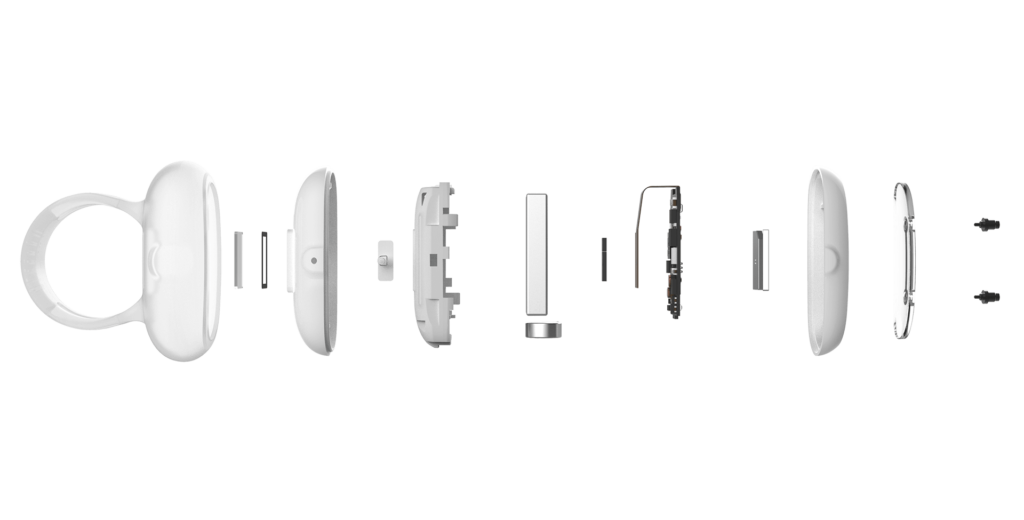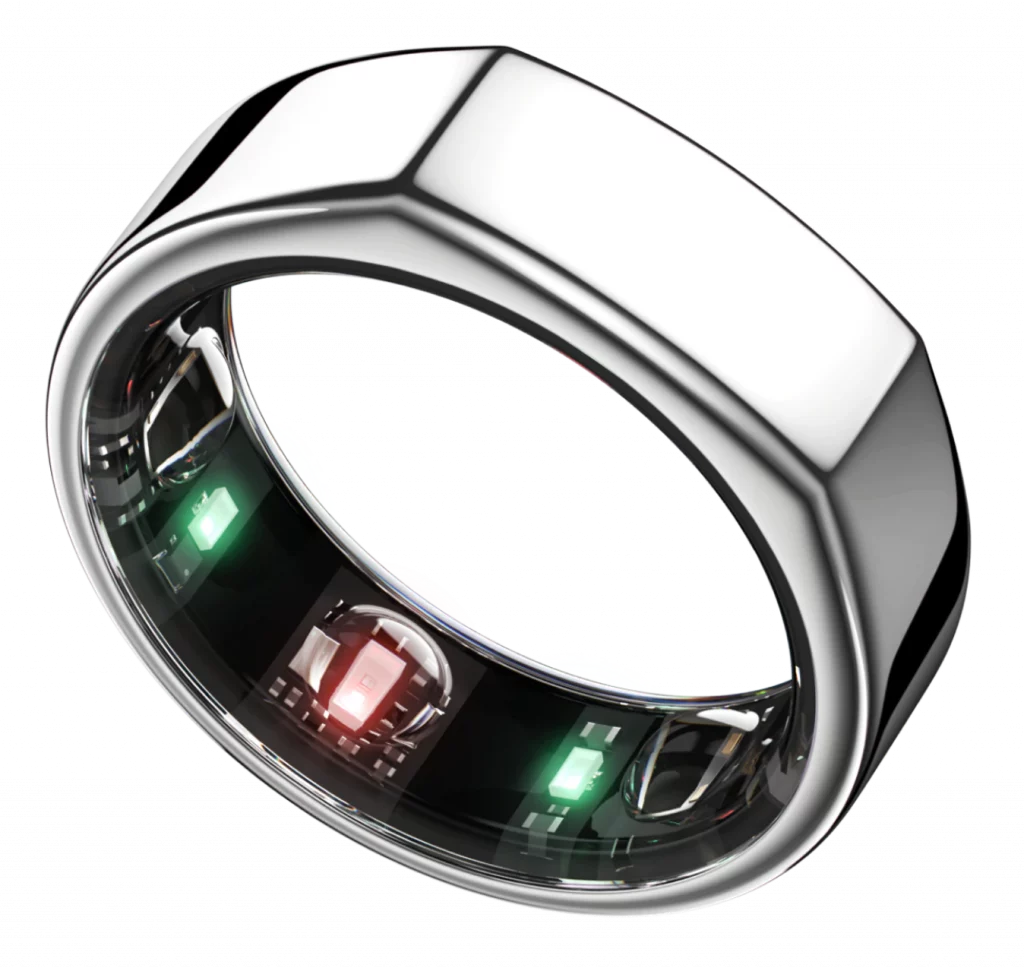The confluence of data, healthcare, software, private enterprise, and personalized healthcare devices will be a powerful one. Your Fitbit, smartphone or Apple Watch, will be interconnected with your fitness apps, to your doctor, to your insurer, your health, and your view of your own health. You will have up-to-the-minute access to your pulse, number of steps walked, time spent sleeping, and a great deal more.
It is yet unknown who else will have access to this data. Would you share it with Apple, Google, your insurer? Will your doctor download the data so they can look at it? Or will the data sensor array that we carry day to day subsist as a completely parallel system? Will you be able to share it with your personal trainer? Or will we all share it with friends? Or will we see this as an intensely personal affair? We know that new phones and watches will be able to look at blood pressure and oxygenation, but where will it all end?
This we can’t yet know. Google, Apple and a plethora of startups are jockeying for a position as your provider of healthcare data. Who will rule and what the rules will be are not known. The wearables market is estimated to be $115.8B in 2021 and could grow to $380.5B by 2028. The fitness tracker market is perhaps worth $34 billion a year. On the device side, aside from the leading US companies, Samsung and Chinese giants such as Oppo and Xiaomi are in the mix, selling tracking-capable devices from $19 to $400. Additionally, there are products such as the Oura Ring, a variety of sleep trackers, Whitings’ ECG tracker, and other wearable bionsensors.
The potential for these devices is huge. OECD countries have an obesity rate of between four and 40 percent. 70 percent of Americans don’t think that they sleep properly one day a month, while 11 percent say they don’t sleep properly ever. 60 percent of U.S. adults don’t exercise enough.
Apps, sensors, and phones could reduce that significantly given the right incentives and capabilities. What’s more, in an increasingly confusing world, we could find certainty and pace in the knowability of the amount of steps we walk or the interconnected small improvements that our programs can check.
However, imagine how software could be used to study human health by monitoring people in their millions. Picture how we could test the efficacy of exercise or diet so much more accurately through tracking a million apps. The recency of the information and the size of the cohorts would be larger than almost any study to date. Imagine if apps could transfer the latest in algorithms and that amazing AI stuff and mix it together with cutting edge tested health advice to give millions of people better outcomes. This could be a very large business and have significant effects on global health. With over 6.4 billion people owning a cell phone, this could be a global, shared industry that could be a part of most peoples lives.

The health, daily life, years of life, and financial impact could be immense. With such big numbers and a big impact, our role in 3D printing Connected Healthcare Devices need only be small for it to be very valuable. We think of medical 3D printing in terms of orthopedics, surgical guides, medical models, 3D printing in hospitals, and bioprinting. At times, we look at such items as surgical instruments and medical packaging. But, there are more valuable applications out there that we don’t consider often.
We learned during the COVID pandemic that we could make production aids, molds for medical products, PPE and the like. However, Connected Healthcare Devices provide a completely new, hereto unloved and overlooked application for 3D printing.
Prototyping
In prototyping, this business is a huge opportunity that has not been sufficiently covered. There are 500 startups in fitness bands alone. There are also at least 64 IoT healthcare monitoring companies as well. This is a plum opportunity for OEMs and service bureaus that has not been addressed.
Small Series
Usually we contrast additive manufacturing with mass manufacturing, particularly injection molding. However, for startups, we can augment traditional production not only through making individual and batches of prototypes, but also to make small, end part series. This could either be done via 3D printing alone or molding with 3D printed mold tooling.
This would allow startups to inexpensively produce series of 50 to 500 devices relatively inexpensively, in turn enabling them go to market quicker or test with many clients to improve fit and functionality. With such a competitive market, months could mean much to the players in it. At the same time, having a better product more accurately designed for its purpose would save a lot of money.
Multiple Sizes
These connected devices often benefit from being conformal to the body. This means that they will have curves that make them more complex and expensive to produce. What’s more, these curves could be much more comfortable if they were available in several sizes. With 3D printing, we could directly or indirectly, via molding, produce many more devices to satisfy the diverse size variations found in users. In turn, these devices could be made more comfortable with 3D printing.
3D Printed Electronics
Conformal and curved devices would also pose a challenge for components such as antennas and batteries. Using additive, we could 3D print conformal batteries and antenna, while extending their functionality. An antenna could be curved to follow the shape of the wrist. It could bend to avoid a microprocessor, and also feature a hole to act as a fastener. This would enable more form factors and also reduce the size of the components, overall. Similarly 3D printed sensors themselves could also play a part in making these devices lighter and more functional. Mass manufacturing 3D printed antenna via aerosol jet has been proven and may be industrialized for this.
Reduce Mass
Generally, we could reduce component mass using 3D printing to enable these devices to be conformal, smaller, lighter, or more unobtrusive. This is a decided advantage in these produces, since they are meant to be worn during strenuous exercise, all day, or both. Fitness bands, in particular, also have to squeeze a lot of functionality into a small form factor. Products such as rings will also have a number of issues cramming all the tech in to make the device work.
Less Vulnerable Supply Chains
Additive increasingly makes sense when we consider the extended, brittle supply chains, as well as vulnerable tooling, end use parts, and mold components. Companies may forgo margin in order to reduce a dependency on a supplier or to accelerate market entry, even though the component would be more expensive with 3D printing.
Making Them Fashionable
These devices could become fashion goods, which would mean that many variants, colors, and versions would become the norm. This would make more 3D printed end use parts possible.
Mass Customization
As very personal fashion items, these devices would be ideal for mass customization. Mass customization and 3D printing could play very well together, allowing customers to design their own emotive, lifestyle-matching, unique devices to better fit their lives.
All in all, I believe that we will see a huge potential opportunity for 3D printing in connected healthcare devices emerge shortly. It is yours for the taking.
Subscribe to Our Email Newsletter
Stay up-to-date on all the latest news from the 3D printing industry and receive information and offers from third party vendors.
You May Also Like
Precision at the Microscale: UK Researchers Advance Medical Devices with BMF’s 3D Printing Tech
University of Nottingham researchers are using Boston Micro Fabrication‘s (BMF) 3D printing technology to develop medical devices that improve compatibility with human tissue. Funded by a UK grant, this project...
3D Printing Webinar and Event Roundup: April 21, 2024
It’s another busy week of webinars and events, starting with Hannover Messe in Germany and continuing with Metalcasting Congress, Chinaplas, TechBlick’s Innovation Festival, and more. Stratasys continues its advanced training...
3D Printing Webinar and Event Roundup: March 17, 2024
It’s another busy week of webinars and events, including SALMED 2024 and AM Forum in Berlin. Stratasys continues its in-person training and is offering two webinars, ASTM is holding a...
3D Printed Micro Antenna is 15% Smaller and 6X Lighter
Horizon Microtechnologies has achieved success in creating a high-frequency D-Band horn antenna through micro 3D printing. However, this achievement did not rely solely on 3D printing; it involved a combination...






























